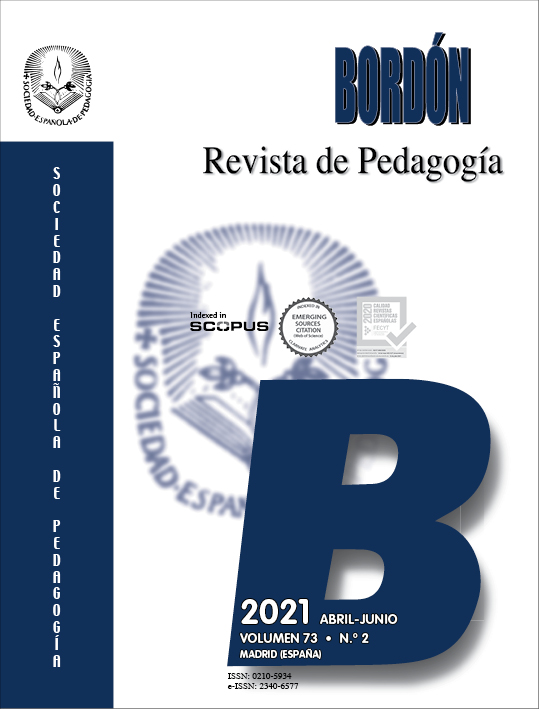Consenso de expertos sobre las medidas de protecci´ón a hijos e hijas víctimas de violencia de género
Contenido principal del artículo
Resumen
INTRODUCCIÓN. La violencia de género ha sido reconocida como una violación de los derechos humanos y un problema global de salud pública que afecta a las mujeres maltratadas y a los hijos/as, si bien estos han sido frecuentemente invisibilizados como víctimas. La literatura pone de manifiesto las consecuencias de la exposición a la violencia de género en los niños, niñas y adolescentes, a nivel físico, psicoemocional, conductual y también en los ámbitos académico y social. De cara a atender sus necesidades, en el contexto internacional y nacional se han desarrollado distintas iniciativas, no obstante, la perspectiva de los profesionales sobre las respuestas de apoyo y acompañamiento a los hijos e hijas ha sido escasamente investigada y sistematizada. MÉTODO. En este estudio nos planteamos analizar cuáles son las medidas que los/as expertos/as consideran adecuadas y factibles para atender las necesidades de los hijos e hijas víctimas de violencia de género. Para ello, tras una revisión de la literatura, se elaboró un pool de medidas o buenas prácticas, de las que se seleccionaron un total de 53, que fueron valoradas por panelistas expertos/as provenientes de distintos ámbitos (educativo, sanitario, jurídico, social y fuerzas y cuerpos de seguridad del Estado), en una escala tipo Likert. Mediante el análisis del grado de consenso se constató la concordancia en las puntuaciones otorgadas por los/as expertos/as, para las dimensiones adecuación y factibilidad (método Hanlon). RESULTADOS. Tomando como punto de corte el tercer cuartil, se seleccionaron aquellas medidas o buenas prácticas que los expertos evaluaron como adecuadas y factibles. DISCUSIÓN. Teniendo en cuenta las limitaciones de este estudio, se discuten las implicaciones que podrían ser de interés para las Administraciones competentes en el diseño de la formación y de los recursos de atención y acompañamiento a los niños, niñas y adolescentes.

